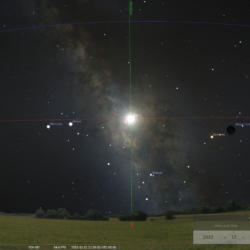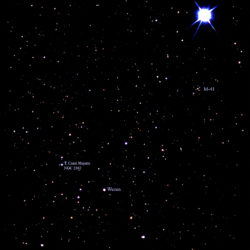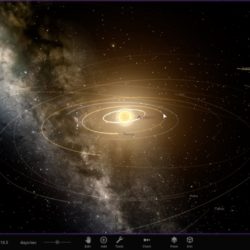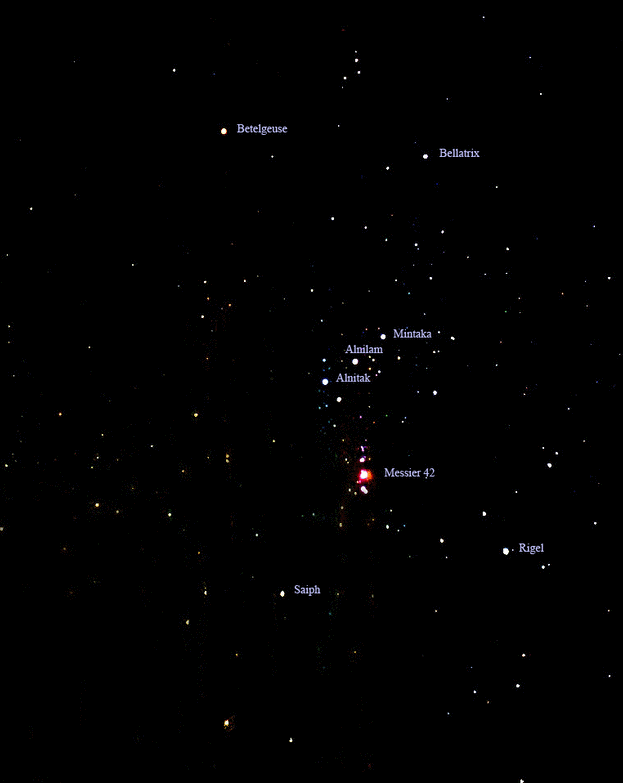Winter Solstice 2022 and a Striking Celestial Alignment
This Year’s Winter Solstice Occurs on Wednesday, December 21, 2022 at 4:48 pm EST The sun is at its lowest point on the sky at mid-day during the third week in December in the northern hemisphere and represents the ‘beginning of winter’. The two Equinoxes (Vernal or ‘Spring’, 3rd week in March and Autumnal, 3rd[…]





